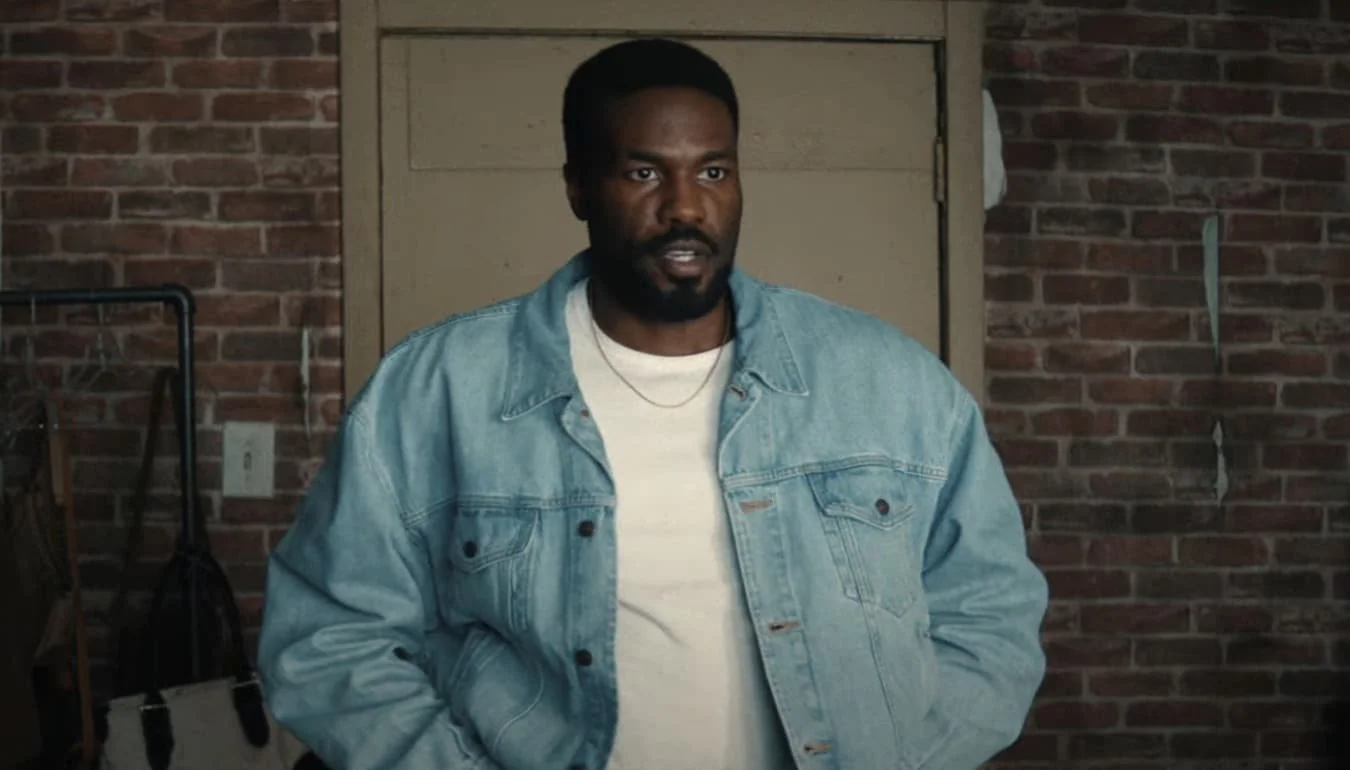Star Wars: Episode IX
/After forty-two years, Disney is dangling the promise of closure to this storied saga. While there is perhaps unsurprisingly nothing truly new on offer as the myriad narrative threads on this franchise begin to tie themselves neatly (for now, at least), the trailer does hold interest through a carefully executed aural procedure of anticipation, epic exposition, and a surprising—yet narratively satisfying—ending.
Handled by Versus Music, the soundtrack starts slowly, in the knowledge that at least half of the appeal of this trailer rests in its built-in audience anticipation. Before even the first note, however—before even any visual, for that matter—we first hear Rey’s laboured breathing, a sound that is as wordless as it is humane. It brings to mind a similar circumstance with Finn in the first trailer for Episode VII. Then, a single note expands to a minor third, and then to a bright major chord, falling back gently again to the tonic. At 0:38 we hear the dominant chord—the penultimate chord one expects to hear before resolution in most pieces of music, and especially in Western classical / film music pieces. While remaining steadfast on this note, it becomes a bit distorted and intermixed with the distinctive wailing sound of an oncoming TIE fighter, almost certainly piloted by Kylo Ren. The editors do exactly enough to keep watching, while saving most of the ear and eye candy for the trailer’s second half.
This second half, then, contrasts sharply with this anticipatory opening, with much more happening both musically and in terms of on-screen action. Princess Leia’s Theme leads, with its melodic mix of heroism and nostalgic romance; after a middle (and, for some, middling) entry by Rian Johnson that sought to upend assumptions about how Star Wars works, J. J. Abrams is, at first blush, reneging on all of that in return. It even comes down to the title: The Rise of Skywalker speaks not to the new crop of characters, necessarily, but rather to Luke (Mark Hamill), who provides the offscreen narrative, or Lando piloting the Millennium Falcon once more—or, of course, General Leia Organa.
Again, it perhaps goes back to a desire to bring some unifying themes to the entire set of nine films. In a narrative chronological order, Leia’s Theme first appears in Episode III, nearer the end; of course, it feature prominently in the original trilogy, and it is also used in the more recent films when Leia appears. What is perhaps more interesting, however, is the bone-chilling, inimitable laugh at the end. This appeal of unmistakable cackle of the Emperor, Darth Sidious (Ian McDiarmid) could be explained as what film theorist Michel Chion calls the acousmêtre. He defines this as a being who derives mysterious power from being heard and not seen. Accordingly, this laugh in the trailer is made all the more effective against the pitch black visual. By using this iconic sound of the Emperor, we are reminded of the essential mysteriousness of the Star Wars universe that first caught the attention of film goers decades ago.
For the entirety of the trailer up to this point, the soundtrack comprises a cadential prolongation—in essence, using passing and chromatic tones to provide interest and movement while still essentially staying on a chord that still needs to be resolved. We finally get this chord at 1:51, along with the main title reveal and a melodic embellishment in the horns that offers a chromatic twist to the melody by using the Lydian mode—a hallmark feature of Princess Leia’s theme, and so alluding to that theme one last time by using it.
In all, the use of music in this trailer is focused and cohesive. While that has typically been true of modern Star Wars trailers, this latest teaser has a particularly appropriate sense of finality to it.
– Curtis Perry







